PGZ Offer: Equipment for the Territorial Defence Units
PGZ, during the MSPO exhibition, showcased its offer including the equipment which may be used by the newly formed units of the Polish Territorial Defence component. The equipment in question will include both the existing solutions, also those used by the Polish Army now, as well as brand new equipment, designed specifically with the new purpose in mind.
The fact that the Territorial Defence units are being formed also creates a need to provide those elements with modern equipment. This is seen in the assumptions created by the Ministry of Defence, since the equipment for the Territorial Defence component is to be one of the priorities within the updated Technological Modernization Plan, when the period between 2017 and 2019 is being considered.
PGZ has an offer of equipment, part of which was presented during the MSPO event, which may become a core of the inventory used by the Territorial Defence units. The aforesaid equipment includes both the inventory which is already being used by the front-line units of the Polish Army, as well as equipment which is being developed at the moment, within the framework of numerous R&D programmes.
When it comes to firearms, the “Łucznik” Radom Arms Factory offers the 5.56 mm Beryl/Mini-Beryl carbines. Prospectively, also the latest MSBS weapons system may also be procured. The Radom facility also proposes the weaponry which uses the 9 mm ammunition – PM-98/06 machine pistols and P-99 and RAD semi-automatic pistols.
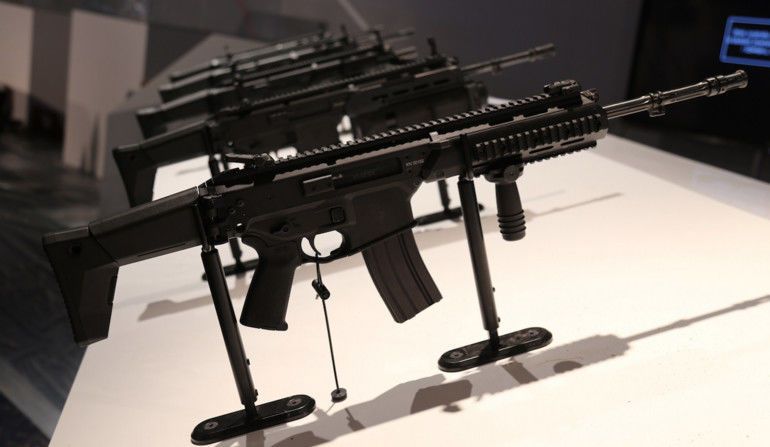
Meanwhile, ZM “Tarnów” S.A. facility is ready to deliver 7.62 and 12.7 cal. machine guns (UKM-2000 and WKM-B) or Bor/Alex sniper rifles, and Tor anti-material rifles, along with 40 mm RGP-40 and GA/GS-40 grenade launchers and artillery-missile combined anti aircraft systems utilizing the 23 mm cannons and Grom/Piorun missiles, in a variety of configurations. Recently, works have been carried out, the aim of which is to develop 35 mm AAA systems. Moreover, the offer also includes LM-60 60 mm mortars.
PCO S.A, on the other hand, offers night vision and FLIR devices, as well as the equipment based on laser technology. These devices include solutions such as the TSO-1 Agat FLIR system, stabilized observation-tracking GOS-1 Aurora system, GOC-1 Nike optronic sensor, SCT-2 thermal vision firearm sight or MU-3M Koliber night vision monocular.
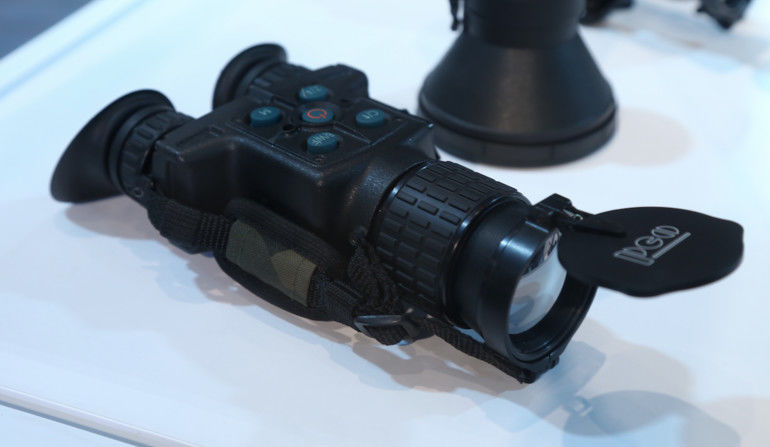
On the other hand, Mesko S.A. may also deliver missile systems and ammunition which are destined to be used by the Territorial Defence units. The most recognizable product from this facility is the Grom MANPADS system. Soon, a new, modernized variant is going to enter production though. Piorun’s, as this is the name of the enhanced, upgraded and modernized weapon, combat capacities have been significantly expanded. Other armament includes the Spike-LR ATGM manufactured in cooperation with the Israeli Rafael company, as well as unguided 70 mm NLPR-70 rocket. Moreover, the company also manufactures a wide array of ammunition for small- and medium calibre weaponry.
Mesko is also involved, in collaboration with the Ukrainian industry, in a development project related to the Pirat ATGM. According to the basic assumptions, Pirat is going to become a complementary weapon for the Spike ATGM. The cost of manufacturing these missiles is going to be lower, which may be a decisive factor which would make it easier to introduce the said weapon into the inventory of the Polish Armed Forces – also within the Territorial Defence units – in great quantities.
Huta Stalowa Wola S.A. may deliver the 98 mm M98 mortar or 120 mm towed mortar for the territorial defence units. Dezamet S.A., n the other hand, is ready to deliver a variety of hand grenades, including four smoke grenades, combat grenade, training grenade and thermobaric grenade, rifle grenades or mortar rounds. The company also offers remotely controlled anti-tank mines. Due to the fact that the Polish Army also needs a new single-use anti-tank weaponry, Dezamet S.A., together with the Norwegian Nammo company, also prepared an offer including the LAW 72 anti-tank weapon, along with specialized variants of the said launcher, as well as related training system.
PGZ’s offer also includes a variety of unmanned systems which may support the Territorial Defence units, not only within the scope of the combat operations, but also in crisis management, natural disaster-related or industrial failures scenarios. The systems in question may also be used to secure the needs of society and the state organs, within the scope of normal functioning.
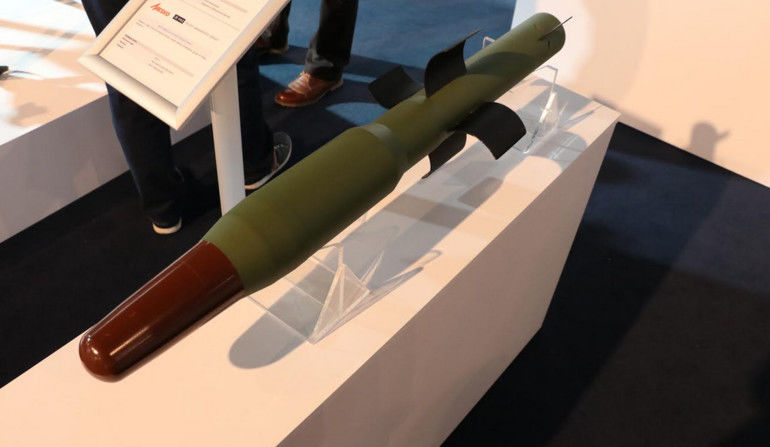
Most of the proposed products are contained within the current offer of the PGZ S.A. company. However, some of the products require further testing, research and acceptance on the part of the Army. Some of those products constitute an element of a wider modernization programme, however they may already be manufactured and implemented, there is no need to wait for the final stages of development of the comprehensive system. This will make it possible to test these solutions in real-life conditions, which would be useful within the process of eliminating the potential disadvantages or improving the said designs in the future.
It shall be noted though, that territorial defence units will serve a different purpose, which means that their armament is also going to be different. This is going to be dependent on the needs and the areas of operation. The units which will be assigned for protective and security-provision activities are going to be armed, primarily, with personal firearms. On the other hand, the units, in case of which one of the main tasks would be to be involved in defensive operations, shall be saturated, to a significant degree, with modern, light anti-tank and anti-aircraft weaponry. These elements shall also be capable of using the terrain, meaning that they are to be in possession of capability of creating dams, floods, and to demolish certain structures.
Potential cancellation of procurement of the aforesaid equipment, or procuring it in a dimension which would be quantitatively insufficient, would diminish the capabilities of the Territorial Defence component, and limit its role solely to protection or auxiliary roles. Similar situation exists, when it comes to the observation equipment, including FLIR and NVG devices. Moreover, steps should be taken to make the equipment used by the Territorial Defence compatible with the inventory used by the operational units of the Polish Army.
Last, but not least – the Territorial Defence elements need individual equipment for the soldiers, modern firearms and assets which would provide secure communications, all of which should be capable of operating in a symbiosis with the systems operated by the remaining portion of the Armed Forces. Another element which is seen as indispensable is the array of means of transport which shall be assigned depending on the needs and profile of the given unit. On the other hand, formation of specialized units, also those that may be used to defend Poland from cyber-threats, forms a need to provide them with a specific package of equipment designed to be used in the specific tasks.
Marek Dąbrowski

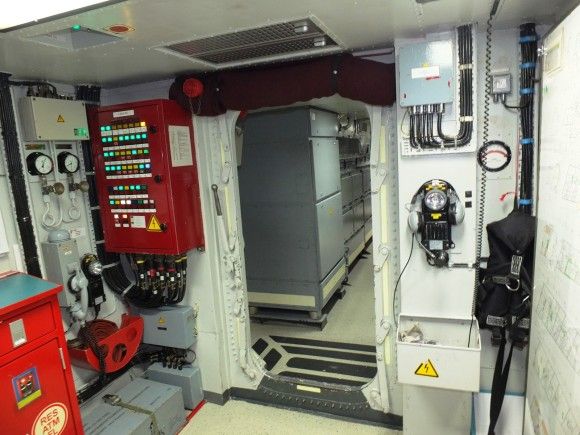
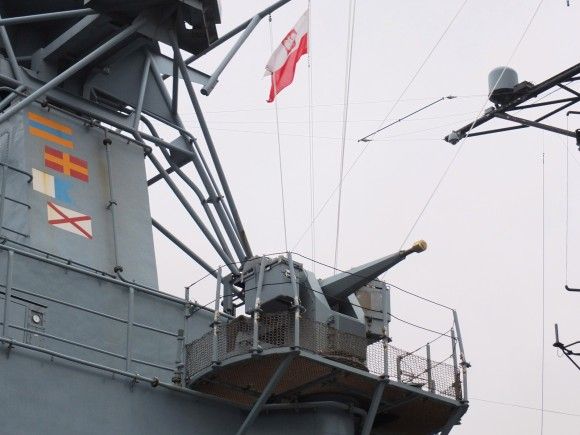
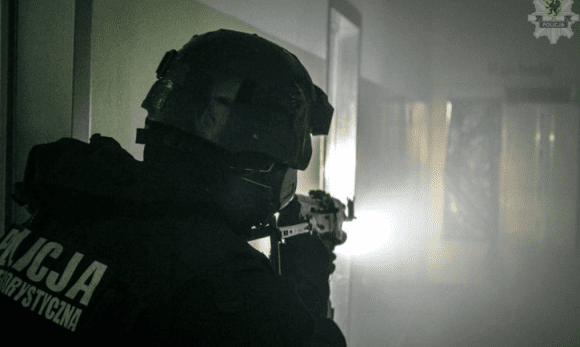

WIDEO: Defence24 Days 2025: Premier Defence & Security Conference in CEE